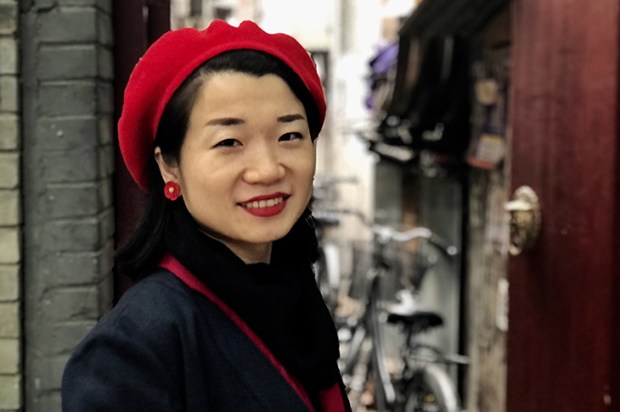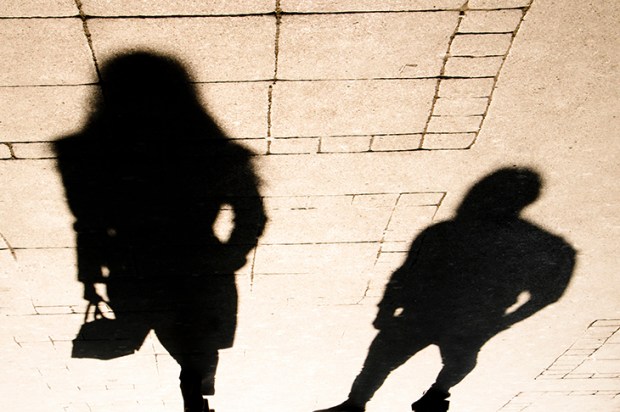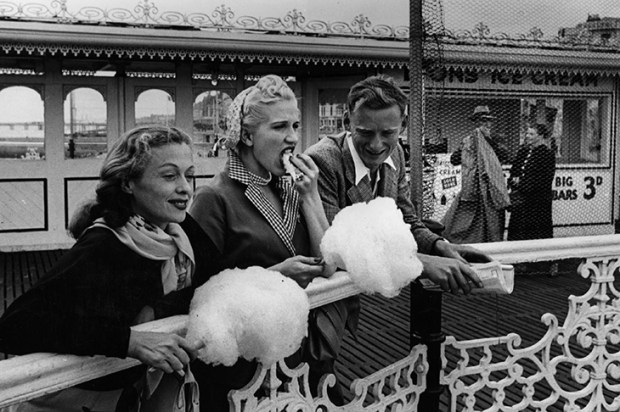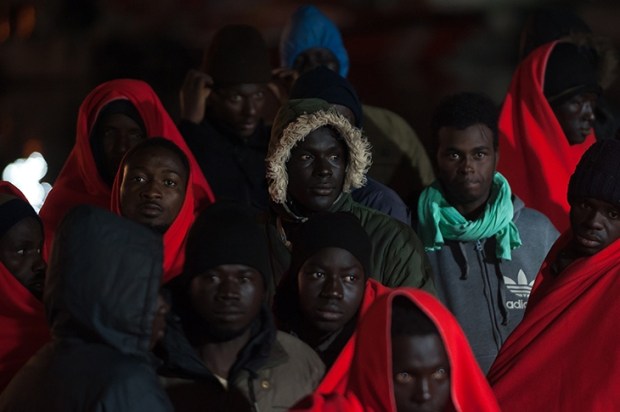Niven Govinden’s This Brutal House is set in the demi-monde of the New York vogue ball. This is an organised, charged battle of display, a peacocking, glitter-fuelled extravaganza, in which transvestites and transsexuals compete against each other for kudos and cash prizes. Eyelashes lengthen, hair is piled up for hours, dresses shimmer and heels clack, as some of the city’s most vulnerable inhabitants seek a place of self-expression and safety.
Already a subscriber? Log in
Subscribe for just $2 a week
Try a month of The Spectator Australia absolutely free and without commitment. Not only that but – if you choose to continue – you’ll pay just $2 a week for your first year.
- Unlimited access to spectator.com.au and app
- The weekly edition on the Spectator Australia app
- Spectator podcasts and newsletters
- Full access to spectator.co.uk
Or
Unlock this article
You might disagree with half of it, but you’ll enjoy reading all of it. Try your first month for free, then just $2 a week for the remainder of your first year.














Comments
Don't miss out
Join the conversation with other Spectator Australia readers. Subscribe to leave a comment.
SUBSCRIBEAlready a subscriber? Log in